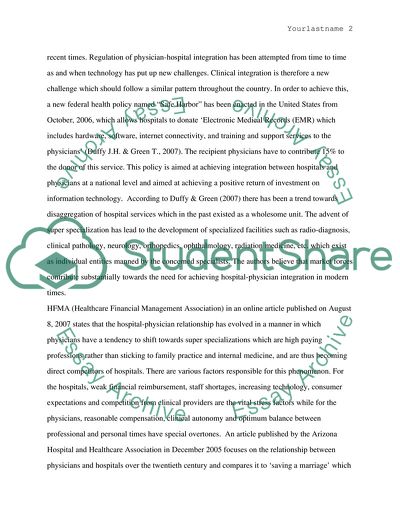Cite this document
(Physicians roles and responsibilites in relationship to hospitals Essay, n.d.)
Physicians roles and responsibilites in relationship to hospitals Essay. https://studentshare.org/miscellaneous/1714417-physicians-roles-and-responsibilites-in-relationship-to-hospitals
Physicians roles and responsibilites in relationship to hospitals Essay. https://studentshare.org/miscellaneous/1714417-physicians-roles-and-responsibilites-in-relationship-to-hospitals
(Physicians Roles and Responsibilites in Relationship to Hospitals Essay)
Physicians Roles and Responsibilites in Relationship to Hospitals Essay. https://studentshare.org/miscellaneous/1714417-physicians-roles-and-responsibilites-in-relationship-to-hospitals.
Physicians Roles and Responsibilites in Relationship to Hospitals Essay. https://studentshare.org/miscellaneous/1714417-physicians-roles-and-responsibilites-in-relationship-to-hospitals.
“Physicians Roles and Responsibilites in Relationship to Hospitals Essay”. https://studentshare.org/miscellaneous/1714417-physicians-roles-and-responsibilites-in-relationship-to-hospitals.


